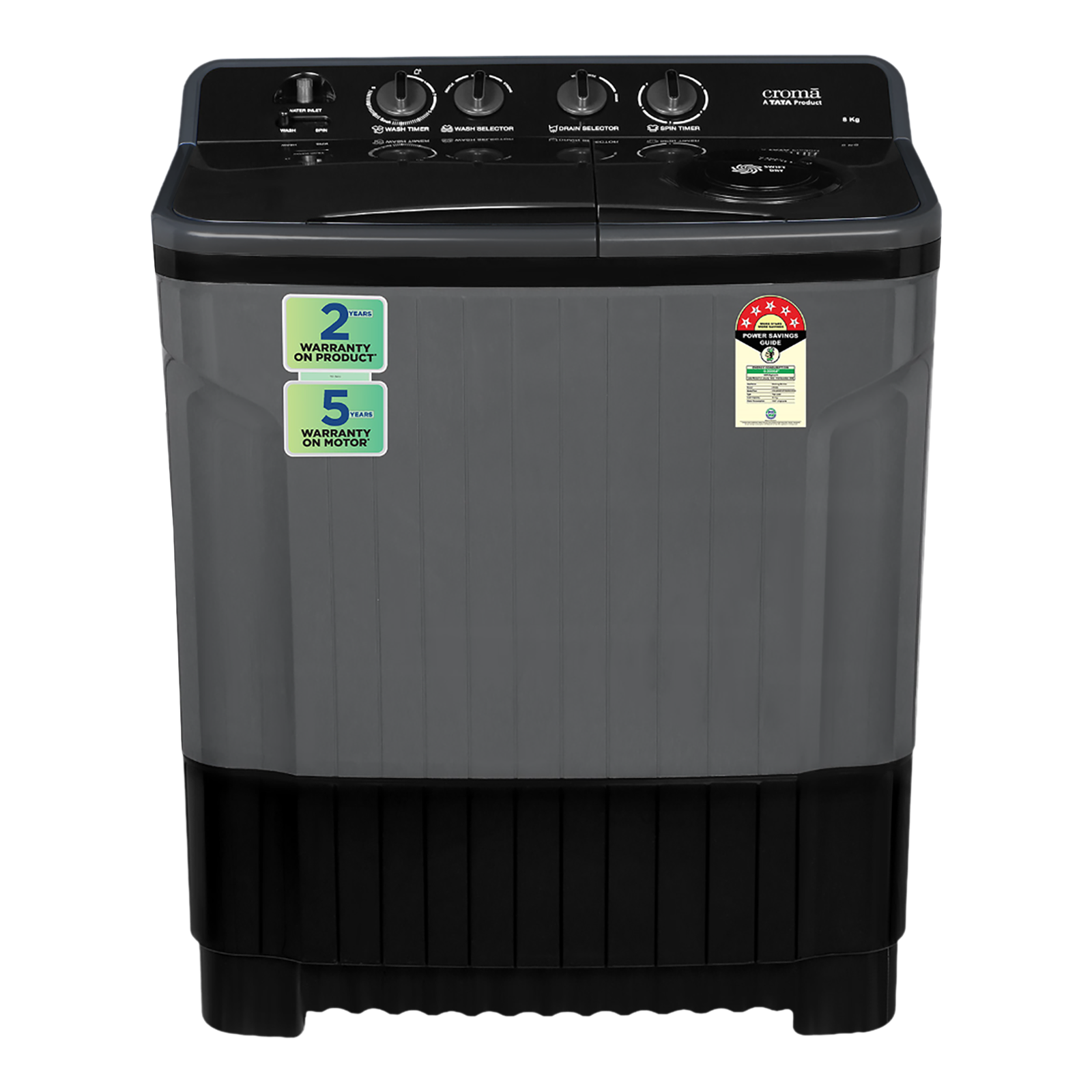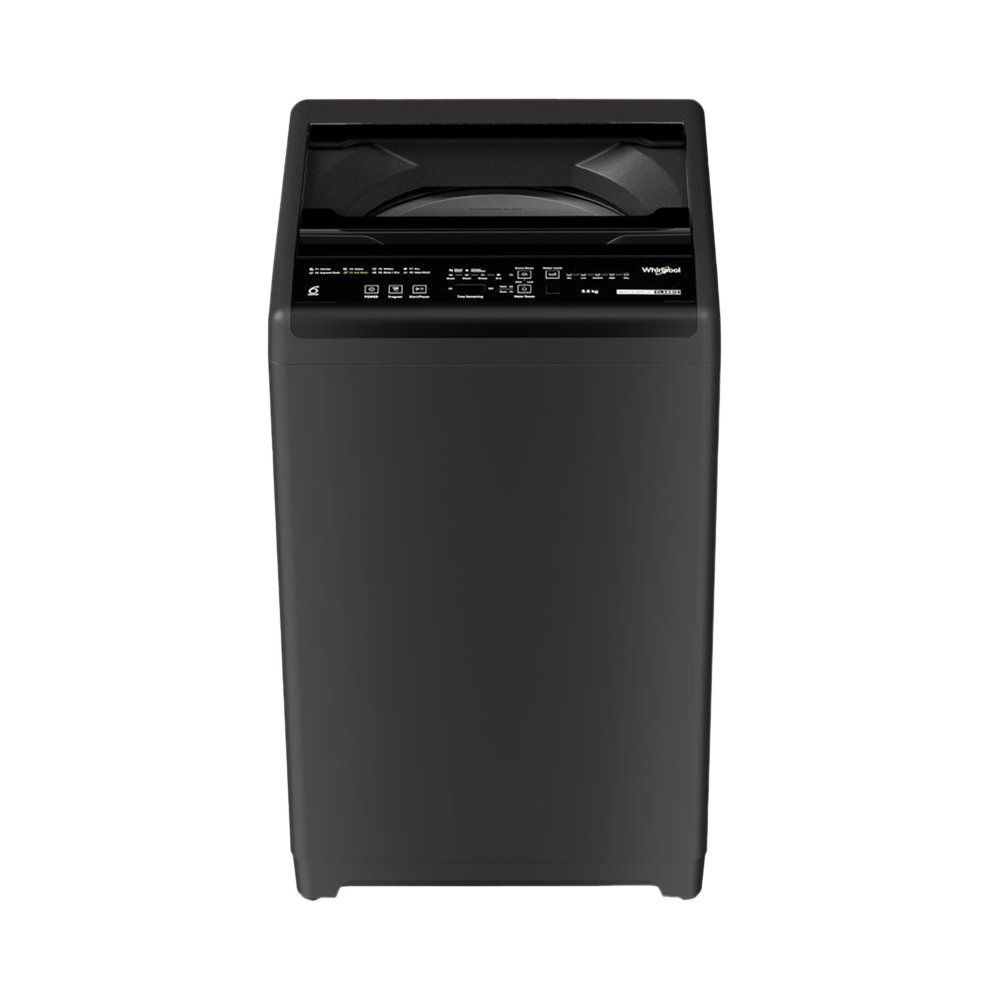Washing machines are an important part of our life. They save us the labour of washing clothes with our bare hands. It is little wonder then that we want a washing machine that suits us the best. There are different types of washing machines with varying performance and style-based features available in the market – top loading, front loading, automatic, and semi-automatic to name a few. It’s better to know about them before you shop. Below we discuss semi and fully-automatic washing machines in detail.
What is a semi-automatic washing machine?
Semi-automatic washing machines, as the name suggests, are partially automated, and require some level of manual assistance. You have to supervise the washing process and when clothes are washed, you have to manually transfer the load from the washer into the drying tub. The semi-automatic washing machines come in top load form only.
What is a fully automatic washing machine?
Unlike the semi-automatic one, a fully automatic washing machine doesn’t require manual work. You just have to load the clothes and feed the washing program to the machine. The machine takes care of the rest. It washes and dries the clothes in the same tub. Fully automatic washing machines come in two categories – front load and top load.
High-end fully automatic washing machines are engineered with excellent wash programs and multiple functions such as soak, pre-soak, rinse and pre-rinse.
How does fully automatic differ from semi-automatic washing machines?
The main difference between a fully automatic and semi-automatic washing machine is based on how we operate them. Semi-automatic washing machines have two tubs for washing and drying respectively, and require us to manually transfer wet clothes to the dryer. Meanwhile, a fully automatic does the washing and drying in a single tub at just a touch of a button.
There are other multiple areas like space, power consumption, and cost where a semi-automatic machine differs from the fully automatic one. We talk about these differences below so you can make an informed choice.
Fully automatic washing machines consume less power
The motor is the most power-consuming part of the washing machine. A fully automatic top loader spins the tub at about 750-800 cycles. Comparatively, a semi-automatic washing machine spins the tub at a higher speed. This also means that semi-automatic machines consume more energy.
Fully automatic washing machines have longer wash cycles
A fully automatic washing machine has different modes for different clothes. These modes include wash cycles with varying times. It can take a bit longer to wash and dry clothes. Semi-automatic washing machines, on the other hand, don’t have loaded features like these. Your clothes are washed at a quicker speed.
Semi-automatic washing machines are affordable
Semi-automatic washing machines are relatively cheaper. With all the smart wash programs available at your fingertips, fully automatic machines are bound to be expensive. But if you don’t want the hassle of transferring your washed load to the dryer, then you should definitely go for a fully automatic washing machine.
Fully automatic washing machines need less space
Semi-automatic washing machines need more space as they have two tubs for drying and washing. These machines are not suitable for smaller houses. Fully automatic washing machines are comparatively compact as they have only one tub. They can easily fit in a smaller space.
What should you choose between semi and fully-automatic washing machines?
Semi-automatic washing machines often take a backseat when people talk about buying a new washing machine. If this is your first time buying a washing machine, then semi-automatic machines are a good choice. They’re relatively cheap and quite easy to use. Fully automatic washing machines can leave you confused with all the different settings.
If price is not the issue for you, then you should buy a fully automatic washing machine. It will drop all washing and drying at a single command.
Hope we were able to help you make a choice between a fully and semi-automatic washing machine.
Both semi-automatic and fully-automatic washing machines have their own pros and cons. Either way, whichever one you choose to buy, your washing machine, like all your other appliances, deserves some TLC every once in a while too. Therefore, we recommend you check out Croma’s ZipCare Annual Maintenance Plan for Washing Machines, which covers everything from cleaning of lint filters and detergent holders, checks on the water flow and drainage, a basic check of the functioning of the washing machine’s control panel, machine levelling and washing of the inner unit on an empty load, as well as cleaning of the outer body and the surrounding premises,
हिंदी में पढ़ें: सेमी और फुली ऑटोमैटिक वॉशिंग मशीन के बीच क्या अंतर है?
Unleash your inner geek with Croma Unboxed
Subscribe now to stay ahead with the latest articles and updates
You are almost there
Enter your details to subscribe

Happiness unboxed!
Thank you for subscribing to our blog.
Disclaimer: This post as well as the layout and design on this website are protected under Indian intellectual property laws, including the Copyright Act, 1957 and the Trade Marks Act, 1999 and is the property of Infiniti Retail Limited (Croma). Using, copying (in full or in part), adapting or altering this post or any other material from Croma’s website is expressly prohibited without prior written permission from Croma. For permission to use the content on the Croma’s website, please connect on contactunboxed@croma.com
- Related articles
- Popular articles
-
-
Washing Machines
What is the difference between semi and fully automatic washing machines?
Sambit Satpathy
-



















Sambit Satpathy
Comments